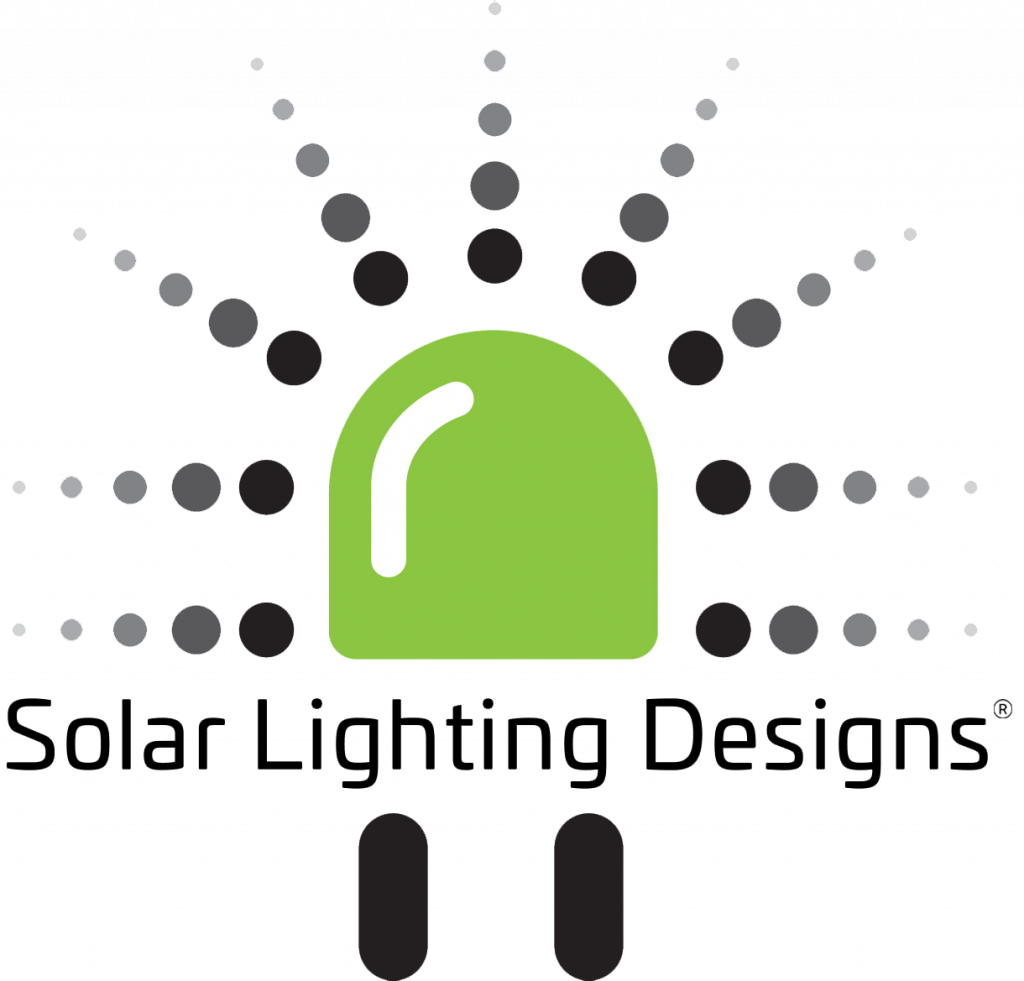
Where Should Solar Flood Lights be Placed?
Solar flood lights have emerged as a reliable, cost-efficient, and
Solar-powered technology has already revolutionised the way we generate and use energy. Not only do solar-powered systems provide a clean, sustainable, and cost-effective source of energy, they do so for a wide range of applications. One such application is the use of solar lights for signs, especially road markers, also known as solar road studs or solar pavement markers.
Ready to learn more about how solar-powered technology can better road safety?
Did you know that the smallest solar panel is the size of your thumbnail? That’s right.
Solar panels don’t just come in the size you see on your roof or the lights on the streets. Since it is possible to design solar panels that can fit a gadget that measures 15cm by 12cm, solar technology can be used for road markers.
Wondering why we need solar-powered technology for road markers?
Road markers, also known as road reflectors or raised pavement markers, are used to enhance the visibility of roads at night and in inclement weather. They are typically made of reflective material and are placed on the road surface to guide drivers and alert them to potential hazards.
Pre-solar technology, different materials were used to provide driving aids on roads. Depending on their placement, road authorities would use either paint, reflective tape, or raised markers with and without retroreflecting lenses. Over time, road markers come equipped with flashing lights and batteries. While their construction material differs, these driving aids serve one purpose–to guide drivers and alert them to potential hazards.
Solar road markers are similar to cat’s eyes, the difference being their capacity to harness the sun’s power. A solar road stud typically has an aluminium body with slots to attach it to the ground. The solar panel rests directly under the heavy-duty top face. Reflectors and LED lights are placed on the sides. Their functioning is simple–during the day, the solar panel helps make solar energy, which is then stored in the supercapacitor. Once the road marker no longer sense any sunlight, the LEDS switch on.
Traditional road markers have a variety of limitations. Whether paint or reflective tape type, they need regular maintenance and replacement, which can be costly and time-consuming. Similarly, electrical road markers need to be powered by batteries or the electrical grid–power sources that have several limitations–batteries need to be replaced approximately every three years or in rural areas, connecting road markers to the electrical grid can be difficult and expensive.
Solar-powered road markers, however, are powered by the sun. They need neither electrical grid connectivity nor batteries. The supercapacitors used in solar road markers only need replacement every 8-10 years, reducing the long-term running cost of solar road markers.
Read on to learn why solar-powered road markers are a viable alternative to their traditional counterparts.
One of the key benefits of solar lights for signs and road markers is that they are highly reliable. Solar road markers can work for years without needing maintenance, and they are not affected by power outages or other issues that can disrupt traditional road markers. They are especially useful in remote areas or where traditional road markers are impractical, such as on bridges or in tunnels as they don’t require any additional infrastructure. Solar-powered road markers are also environmentally friendly, as they do not produce emissions or pollutants.
Solar road markers are also versatile and can be used in a variety of applications, ranging from highways, rural roads, and even on private property, such as in parking lots or industrial parks. They can also be customised to meet specific needs, such as using different colours or flashing patterns for different types of roads or hazards.
Overall, using solar lights for signs is a reliable, environmentally friendly, and cost-effective alternative to traditional lights. Solar road markers also have the potential to improve safety on roads and extend this safety to remote or rural areas. As they are a prime example of how solar technology can be used to improve our daily lives, continuous improvement in technology and a decrease in costs will hopefully result in the widespread use of solar-powered road markers.

Solar flood lights have emerged as a reliable, cost-efficient, and

The Benefits of Solar Bollard Lights for Pathway and Landscape

Do you want to illuminate the beauty of your garden

Solar Lighting Designs
22 , 5 Rai Drive
Crestmead QLD
4132
Solar Lighting Designs
Unit 1, 14 Stennett Road
Ingleburn NSW
2565
Solar Lighting Designs
2A Norlin Street,
Kewdale WA,
6105
SLD acknowledges and pays respect to the past, present and emerging Traditional Custodians and Elders of this nation and the continuation of cultural, spiritual and educational practices of Aboriginal and Torres Strait Islander peoples .

Solar Lighting Designs
22 , 5 Rai Drive
Crestmead QLD
4132
Solar Lighting Designs
Unit 1, 14 Stennett Road
Ingleburn NSW
2565
Solar Lighting Designs
2A Norlin Street,
Kewdale WA,
6105
SLD acknowledges and pays respect to the past, present and emerging Traditional Custodians and Elders of this nation and the continuation of cultural, spiritual and educational practices of Aboriginal and Torres Strait Islander peoples .